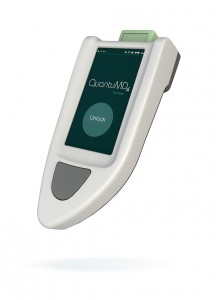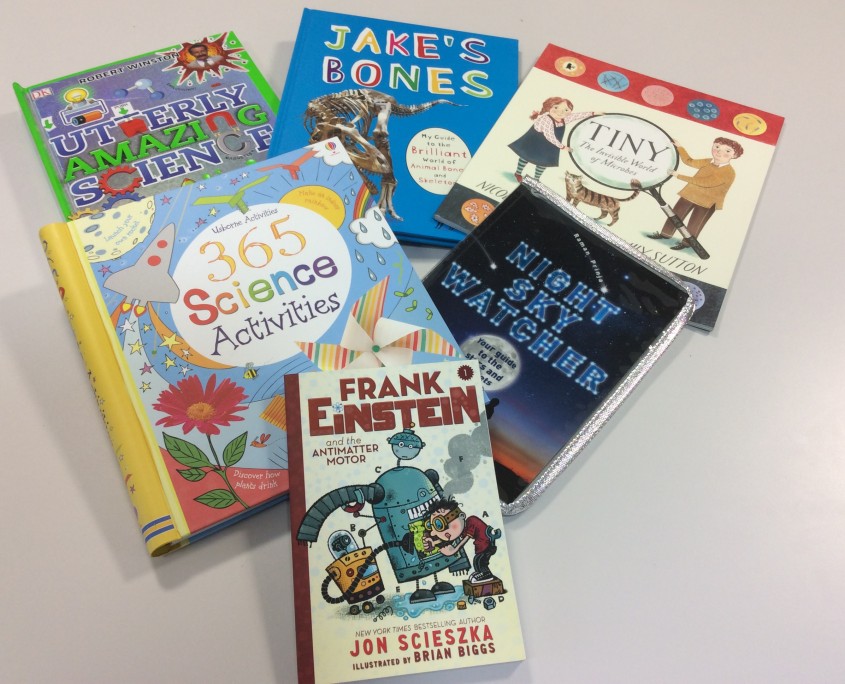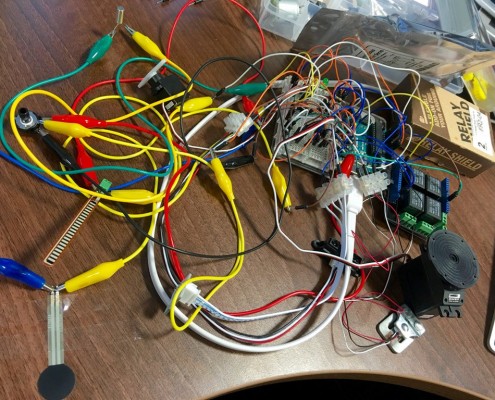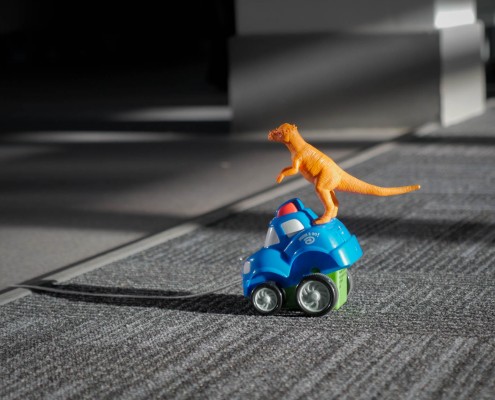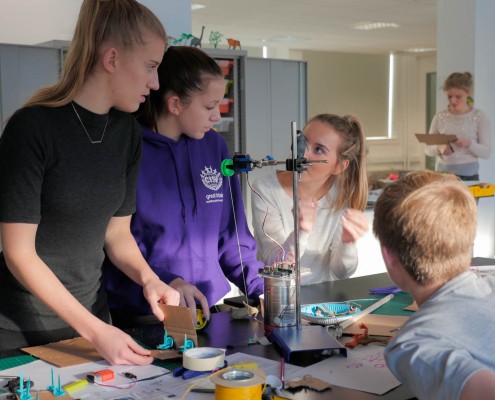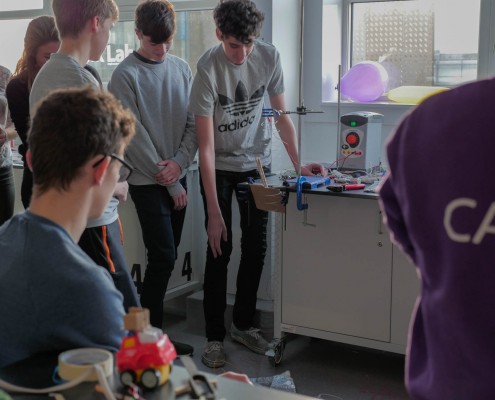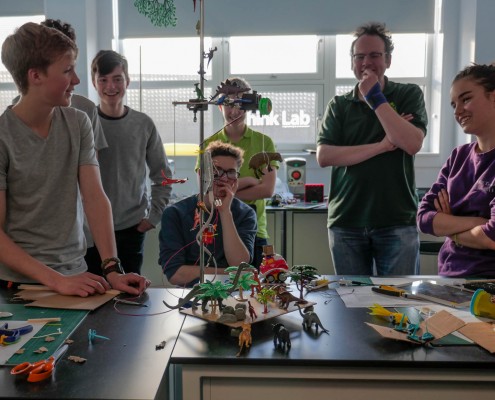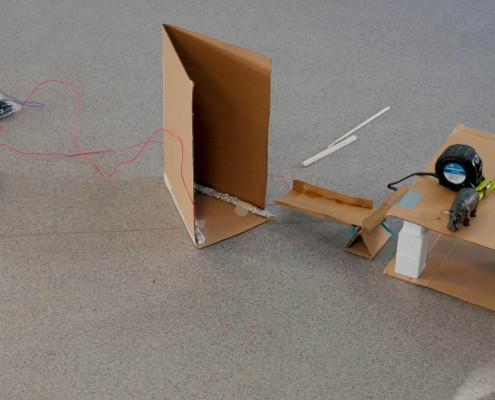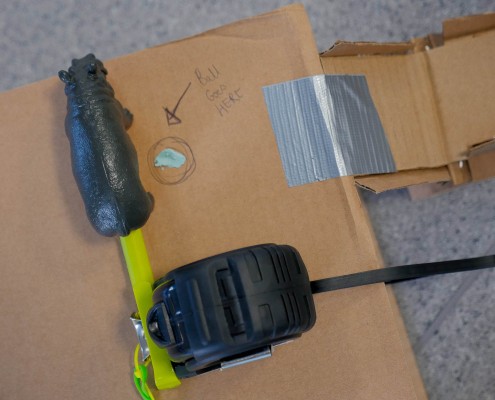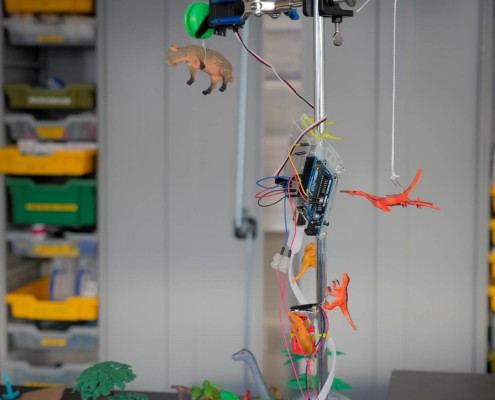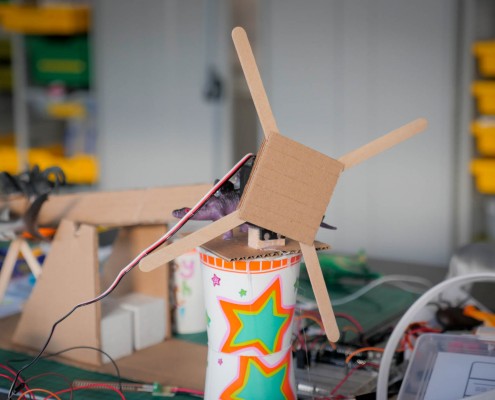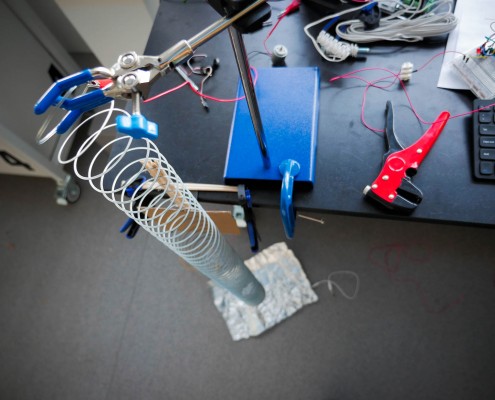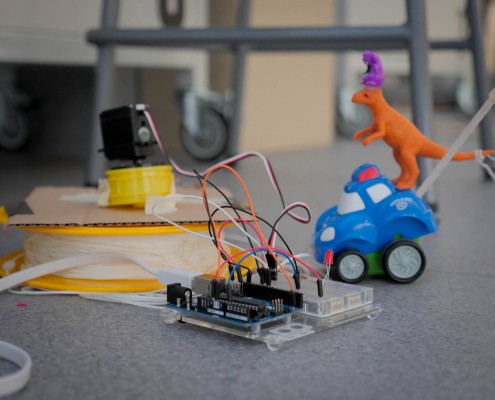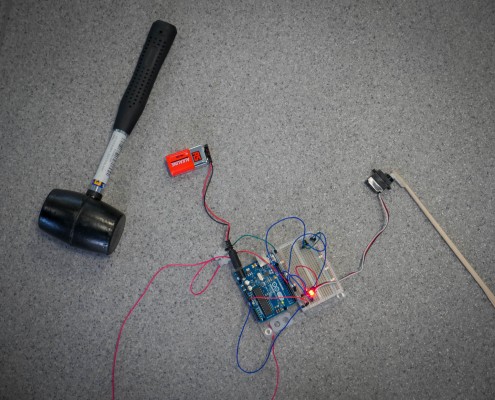STEM Careers: QuantuMDx handheld diagnosis devices
Recently I visited a fantastic and exciting company: QuantuMDx. Based in Newcastle, the diverse team splits their time between the office and lab, exercising a range of STEM and business skills. They’re developing a range of low cost, handheld medical devices which will diagnose a range of diseases in minutes – the world’s first handheld DNA laboratory.
The company’s technology allows them to extract DNA from a blood sample and, using custom-developed nanotech, test it against markers for specific diseases within about fifteen minutes. The devices are speedy, accurate, and in principle can test for hospital-acquired infections, tuberculosis, HIV, cancers, and more. The team have initially set their sights on malaria treatment: quick diagnosis in the field will allow health professionals to prescribe effective treatments, improving outcomes for patients.
There are public health benefits too. Imagine a cheap, quick, readily-available device which can accurately test for a disease like Ebola. Rather than samples being returned to a lab and tested over a period of days, those devices could be deployed in the field. Integrate them with mobile phone technology, and location information could be included in the test results and collected in minutes. The implications for how we observe, understand, map and ultimately control the spread of outbreaks of contagious diseases are immense, and very much the sort of direction QuantuMDx are heading.
The team at QuantuMDx are made up of Physicists, Nano-Scientists, Chemists, Electrical Engineers, Biomedical Engineers as well as as a team of business professionals. Lucy Harvey, Marketing and Business Development Officer, has a background in science, having studied a BSc in Sports and Exercise Science at the University of Stirling. Lucy considers this a key strength to her role as she understands the science behind the product, and can promote what QuantuMDx is developing to the wider community and potential stakeholders.
It’s no exaggeration to say that QuantuMDx are setting out to change the world, and for many of their future patients they most certainly will. By studying STEM subjects you too could work on unique and life-changing technologies, with innovative and multi-skilled teams, right here in the North East! For more information about QuantuMDx visit their website, read their blog, and watch the film we’ve embedded below of molecular biologist Jonathan O’Halloran speaking at the WIRED Health event last year.
Teachers: QuantuMDx is fantastic company to showcase within science lessons, because of the diversity of the team. Perhaps your class could be the ‘Research & Development’ team tasked with thinking of new ways that the device could be developed and utilised even further? Please use the comments box below to message us your ideas and innovations.


